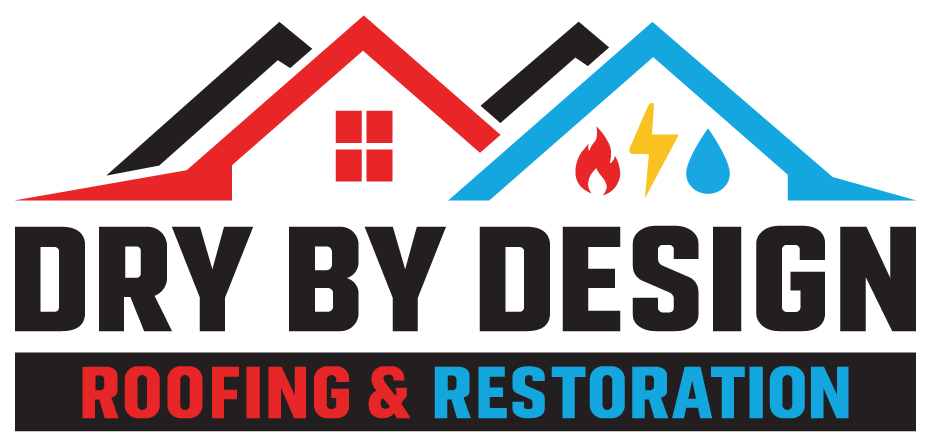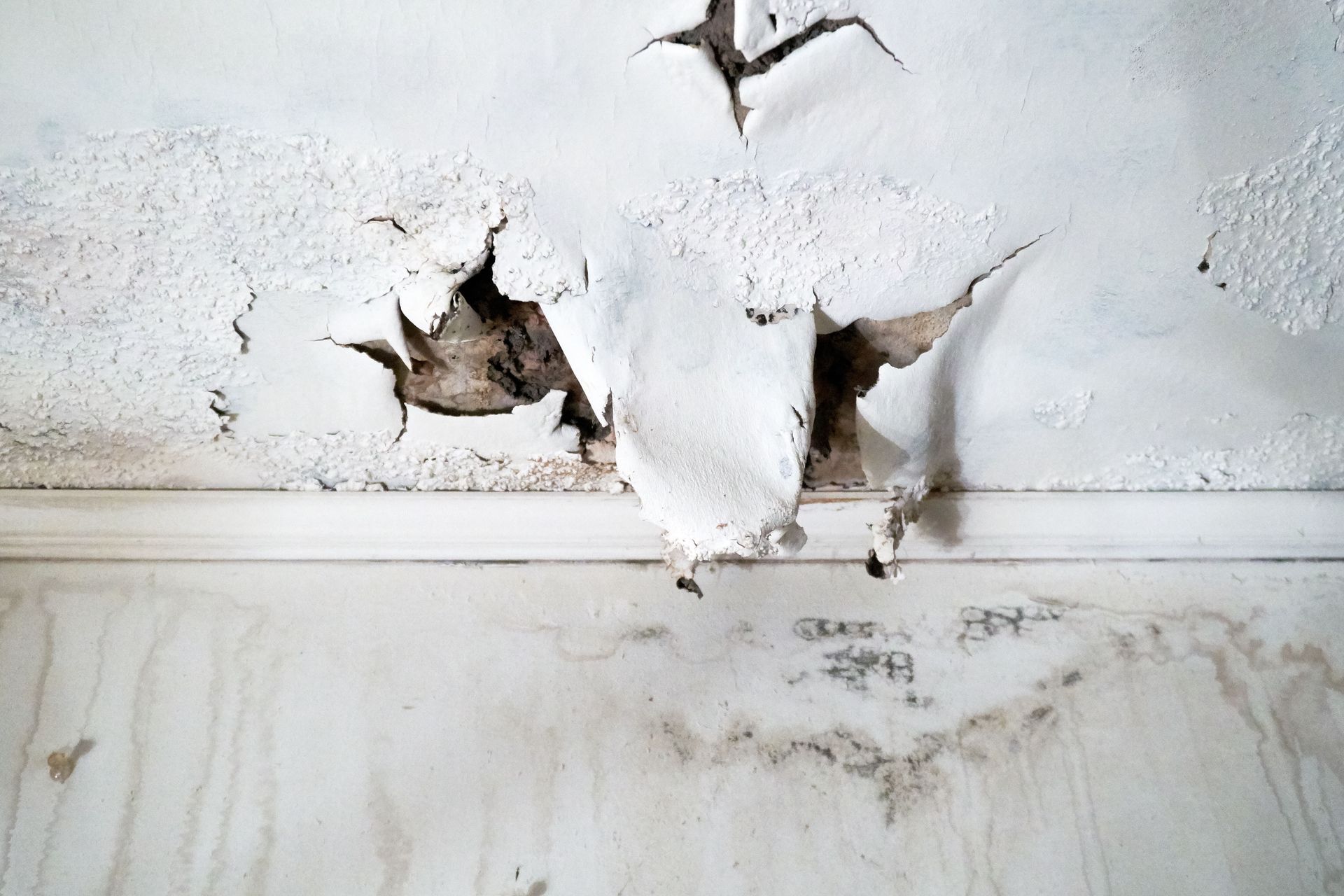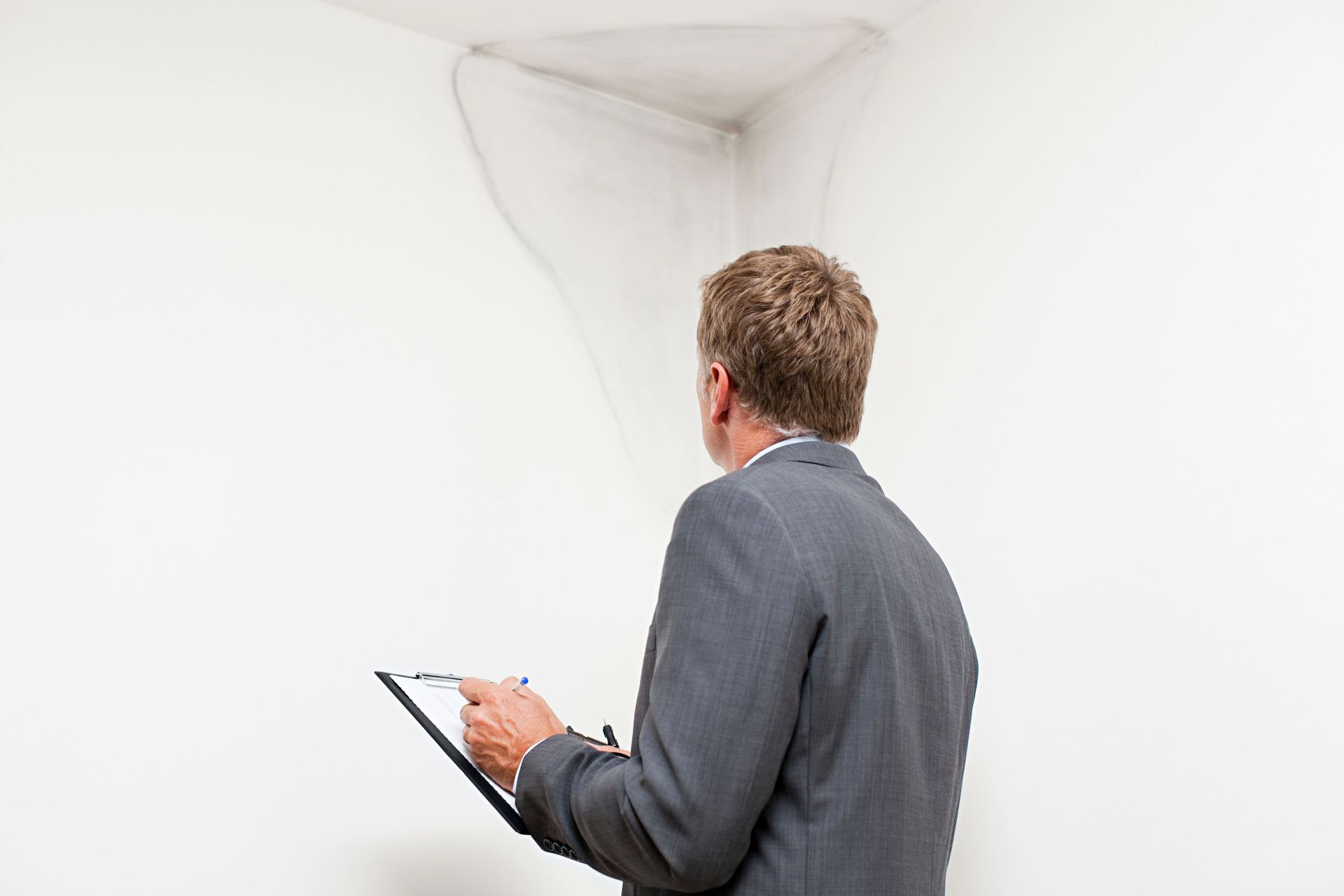Professional Mold Remediation: Why It Matters
By Charles Wallace | October 24, 2025
Mold remediation has increasingly become a critical concern for homeowners and property managers. Mold's presence not only impacts the health of individuals but also significantly affects the structural integrity and value of properties. Understanding mold and its implications leads to better protection and management of our living spaces.
Understanding Mold and Its Hazards
The Nature of Mold
Mold is a type of fungus that thrives in moist and warm environments, often proliferating indoors where conditions support its growth. It reproduces by releasing spores into the air, which can settle on surfaces, starting new colonies. Although mold is part of the natural decomposition process, indoors it becomes problematic, damaging property and belongings. Common locations for mold growth include bathrooms, kitchens, basements, and any area with water leaks or high humidity levels. The key to managing mold is understanding that it requires moisture to survive, and without it, growth is inhibited.
Common Types of Hazardous Mold
There are several types of hazardous molds that can affect indoor spaces, each with varying degrees of health risks. Stachybotrys chartarum, often referred to as black mold, is particularly notorious due to its toxic spores. Aspergillus, another common indoor mold, can lead to respiratory issues, especially in immunocompromised individuals. Penicillium produces spores that can travel easily through the air, making it a threat to both air quality and respiratory health. Recognizing these types of mold is crucial for timely and effective remediation.
Health Risks Associated with Mold Exposure
Exposure to mold can result in a variety of health issues ranging from mild to severe. Individuals with allergies or asthma may experience exacerbated symptoms, such as sneezing, coughing, and difficulty breathing. Prolonged exposure can lead to chronic respiratory conditions, skin irritations, and in severe cases, neurological effects. For the elderly, children, and those with compromised immune systems, mold poses an even higher health risk. Addressing mold infestations promptly is essential to safeguard the health of occupants.
Environmental Impact of Mold Infestation
Mold doesn't just affect human health—it also impacts the indoor environment significantly. Mold growth can lead to structural damage to homes, deteriorating walls, ceilings, and flooring materials over time. This damage may necessitate costly repairs and renovations, adding financial strain to property owners. Moreover, mold can negatively affect indoor air quality, contributing to an unhealthy living environment. Controlling mold is imperative not just for health reasons but also for maintaining the integrity of residential and commercial spaces.
The Need for Immediate Attention
The longer mold is allowed to grow unchecked, the more severe its impact becomes. Early detection and treatment are crucial to minimizing health risks and preventing significant structural damage. According to RubyHome, home resale values can drop 20-37% due to mold issues, illustrating the financial impact it can have. Immediate action is essential to maintain property value and ensure a safe environment for occupants. Professional remediation services are often the most effective way to tackle mold infestations promptly and efficiently.
The Mold Remediation Process
Initial Inspection and Assessment
The first step in mold remediation is a thorough inspection and assessment of the affected area. Professionals will identify the source and extent of mold growth, using specialized equipment to detect hidden infestations. This initial step is crucial for developing an effective remediation plan tailored to the specific needs of the property. During the assessment, moisture mapping and air sampling may be conducted to better understand the severity of the issue. Having a detailed evaluation helps ensure all areas of mold growth are addressed.
Containing the Mold Growth
Containment is essential to prevent the spread of mold spores to unaffected areas of a building. Mold remediation professionals utilize physical barriers and negative air chambers to isolate the contaminated zones effectively. This step helps minimize the risk of cross-contamination and protects the health of the building’s occupants. In some cases, the heating, ventilation, and air conditioning (HVAC) system may also be deactivated to avoid dispersal of mold spores throughout the building. Ensuring containment is a critical part of the remediation process.
Air Filtration and Cleaning
The air filtration process is crucial in removing mold spores from the environment. High-efficiency particulate air (HEPA) vacuums and air scrubbers are employed to trap mold particles and improve indoor air quality. This step is vital in creating a clean and safe environment for occupants and allows for better assessment and treatment of affected materials. Professional cleaning solutions are used to sanitize surfaces, ensuring that all mold residues are eliminated. Cleaning is not just about removing visible mold—it's about addressing airborne spores that could redevelop into new colonies.
Removing Mold-Damaged Materials
When mold has infested porous surfaces like drywall, carpet, or insulation, these materials may need to be removed and disposed of. Professional teams are trained to handle mold-damaged materials safely, ensuring that removal is conducted without further contamination. All infested materials are carefully discarded following local regulations and guidelines. This step is essential for preventing the recurrence of mold and ensuring that the structural integrity of the building is preserved. Replacing damaged materials is often cheaper in the long term than dealing with ongoing mold issues.
Restoration and Follow-Up Inspections
Once the mold is removed, the restoration process can begin, which may involve repairing or replacing damaged structures and materials. Ensuring that the source of moisture is addressed is critical to preventing future infestations. Follow-up inspections by professionals ensure that mold remediation was successful and that the building remains mold-free. This ongoing monitoring provides peace of mind to property owners, confirming the effectiveness of the remediation efforts. Continuous vigilance and maintenance are key to keeping mold at bay.
Benefits of Professional Remediation Services
Expertise and Experience
Professional mold remediation specialists bring expertise and extensive experience in dealing with various types of mold infestations. Their knowledge allows for precise identification and effective treatment strategies tailored to each unique case. With certified technicians handling the process, property owners can rest assured that mold is being addressed competently. Professionals understand the complexities of mold behavior and are equipped to tackle infestations of any scale. Expert intervention is often more reliable and thorough compared to DIY approaches.
Comprehensive Mold Treatment
Professional services offer comprehensive mold treatment that covers every aspect of the remediation process. From initial inspection to final restoration, all steps are efficiently managed to ensure complete resolution of the issue. Advanced techniques and tools are employed to treat hidden mold that might otherwise go unnoticed. This all-encompassing approach minimizes the risk of future mold growth and ensures indoor environments remain safe and healthy. The thoroughness of professional remediation is unmatched by most do-it-yourself methods.
Advanced Technology and Techniques
Mold remediation professionals utilize advanced technology and techniques that enhance the effectiveness of their services. Innovative equipment such as moisture meters, thermal imaging cameras, and industrial-grade dehumidifiers are part of their arsenal. These tools enable the identification and eradication of mold at its source, ensuring comprehensive treatment. The application of the latest techniques in containment and remediation ensures that mold is managed efficiently without unnecessary disruption. State-of-the-art technology provides precision that is difficult to achieve through amateur efforts.
In conclusion, professional mold remediation is of utmost importance for safeguarding health and preserving property value. From understanding mold's hazards to implementing strategic treatments, professionals are equipped to handle infestations comprehensively and effectively. By engaging in preventive measures and forming partnerships with experts, property owners can mitigate mold risks and enjoy healthier, mold-free environments. The benefits of professional remediation extend far beyond immediate concerns by ensuring long-term protection and peace of mind. Investing in professional remediation services is a sound decision for maintaining safe, valuable properties. Be sure to reach out to Dry By Design today for more information on our professional mold remediation!




Share On: